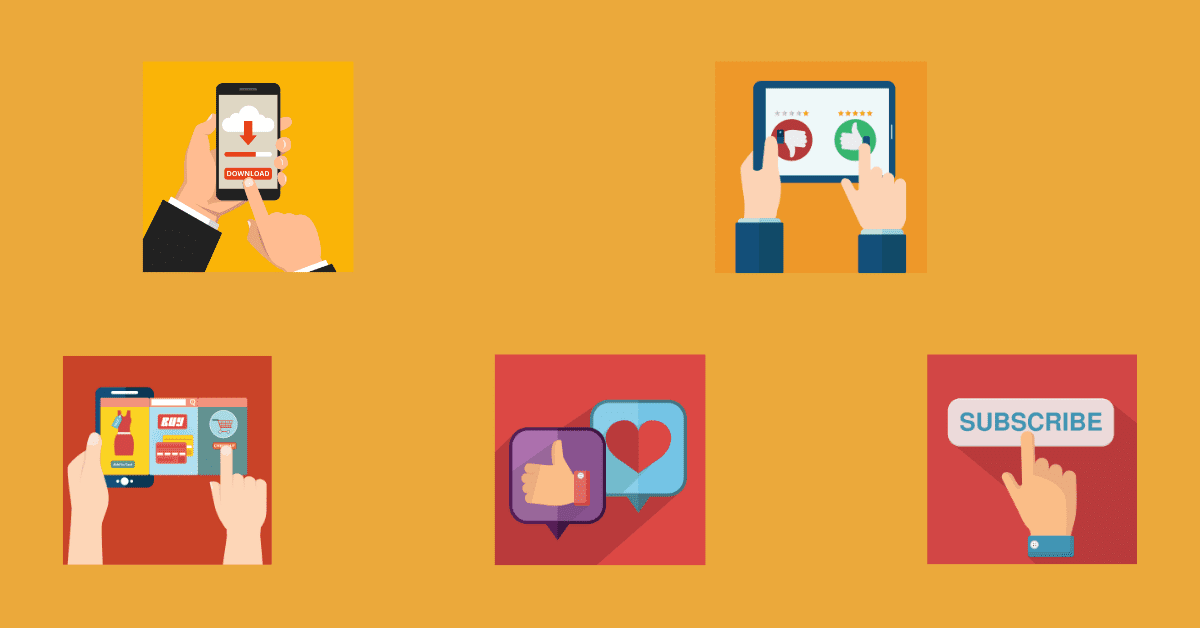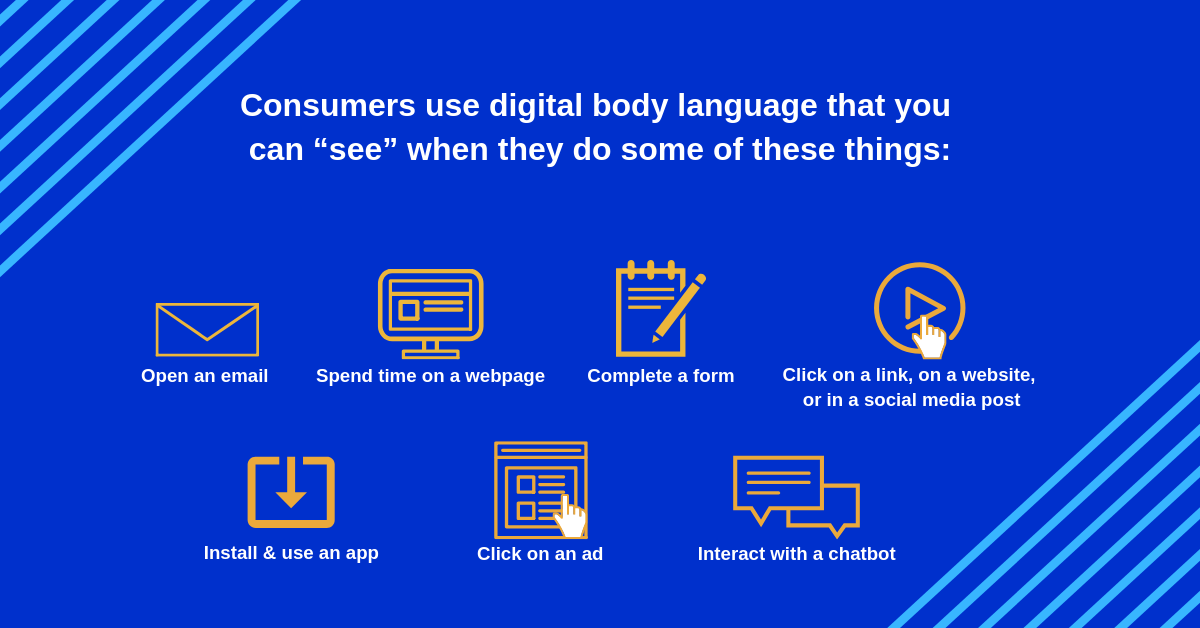How to Listen and Respond to Your Customers’ Digital Body Language

Reading Time: 3 minutes
You don’t need a degree in psychology to realize that body language is important. Body language plays a critical role in how we communicate with each other—that’s inherent knowledge, and universal too.
As a human being, you’re probably paying a lot of attention to your body language and that of those around you, without even realizing it. But as a marketer, are you paying attention to the body language of consumers?
| Bonus Content
👉 Vedantu Grew 65% of Their Topline Business With Insight-led Engagement [Download Case Study] 👉 1Weather, Top-rated U.S. Weather App, Scales Mobile User Engagement by 3X [Download Case Study] |
The Importance of Digital Body Language
You’re probably not sitting in the same room as your prospects and customers are. So how can you interpret their body language when you can’t see their posture or facial expression? If you think about it, they are expressing a lot through their digital body language as they interact with your product. And just as you need to pay attention to the body language of those who are physically present to you, so should you pay attention to those you interact with digitally.

That’s a lot of digital body language going on! Yet, when it comes to customer engagement, most marketers hit prospects or customers (or specific personas) with blanket messages intended to be one-size-fits-all. This, at best, leads to a bad experience for some, and at worst, leaves money on the table by missing out on those who are most likely to engage at any given time.
With technology today, we can be much more aware of our customers’ digital body language. We can measure every little interaction and make safe assumptions about it, then use that insight to sharpen our marketing.
Reading Digital Body Language
As humans, we can naturally read physical body language. As marketers, however, reading digital body language must be learned. But when you do learn to read and decipher it, you’ll be able to learn plenty about your prospects and customers, such as:
- Where they are in the sales funnel or buying process
- How to target your message based on where they are in the process
- When to send your message or messages
- Which incentives might work best at that time
- How to follow-up with them
- How engaged (on unengaged) they are
You can use all of this data to refine your marketing to that one consumer, plus you can (and should) use that information to inform future targeting and messaging with others who have a similar “digital body language.”
Running Highly Targeted Engagement Campaigns Based on Body Language
As you learn to read digital body language, you’ll quickly realize you need to integrate your marketing across channels in order to run the highly targeted engagement campaigns you’re aspiring to. Consumers today expect a seamless experience across channels, for one thing, and you’ll miss out on important signals if you can’t integrate their behavior on social media with the emails they’ve opened or the purchases they’ve made. All of their actions online and on their phones are integrated as part of their behavior. It needs to be integrated on your end too in order to give you a cohesive understanding of each consumer.
And how can you put this understanding to use? Deeper personalization.
- View the buyer journey funnel and improve conversions
- Track KPIs and analyze trends
- Compare performance across campaigns
- Identify your most and least engaged user groups
- Understand your cohorts and drive stickiness
Digital body language can help a marketer know how to segment audiences so that targeted, relevant messaging can be used rather than generic messaging. Follow-ups to abandon carts are another way marketers can use digital body language. Marketers can set up automated campaigns based on the insight they gain, knowing that a consumer who does action A is more likely to then take action B if prompted to do so with a certain incentive or offer within a certain timeframe. Those are just a few examples of the ways marketers can read—and learn from—digital body language and respond accordingly.
Consumers today want seamless experiences across channels, relevant marketing that’s personalized for them, and offers that are tailor-made as well as timely. By accurately reading their digital body language, you’ll be able to deliver just what each consumer wants, while increasing your customer engagement—and sales. Also, delivering personalized content to the customers can be easily managed using push notification, emails and in-app messaging using any user engagement marketing platform.
| Here’s what you can read next:
|













